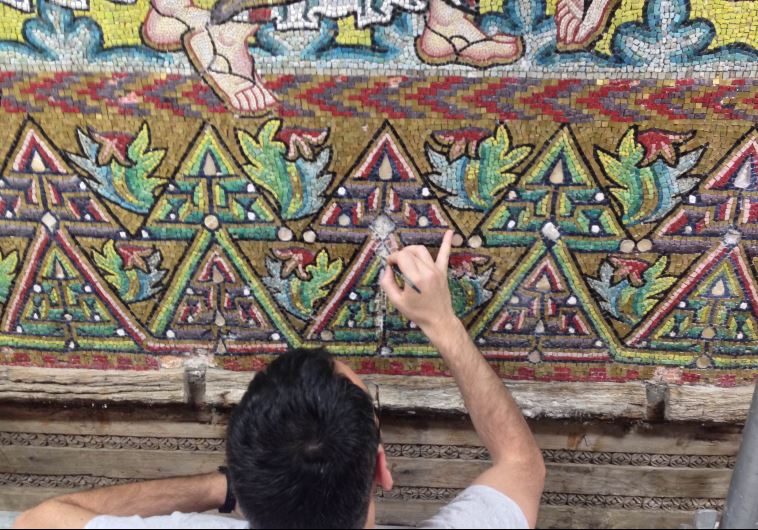Up Close: The first renovation of the Church of the Nativity in modern times
Giammarco Piacenti, scion of a family of restorers, brings new life to the Church of the Nativity.
 The restoration of the Church of the Nativity in Bethlehem(photo credit: MEDIA LINE)ByNOGA TARNOPOLSKY/THE MEDIA LINE
The restoration of the Church of the Nativity in Bethlehem(photo credit: MEDIA LINE)ByNOGA TARNOPOLSKY/THE MEDIA LINE